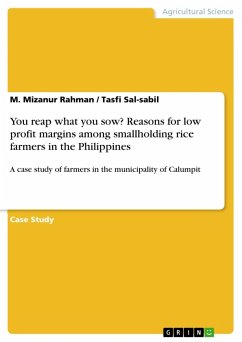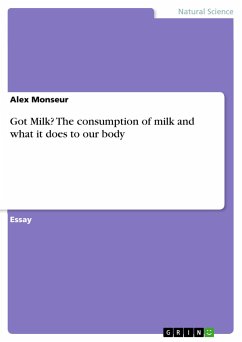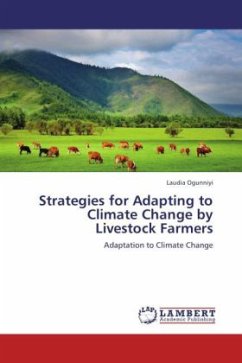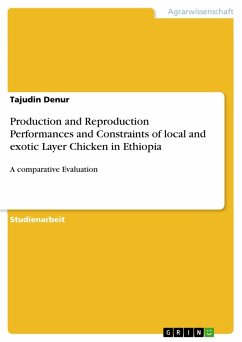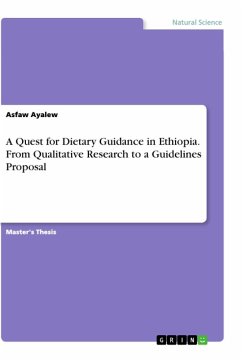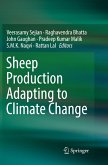Essay from the year 2017 in the subject Agrarian Studies, grade: A, Makerere University (INSTITUTE OF ENVIRONMENT AND NATURAL RESOURCES), course: BSc. Environmental Sciences, language: English, abstract: The study was carried out in Nakasongola District, Kalungi Sub county in order to investigate the causes of crop and livestock death during drought; identify current techniques being used to adapt to crop and livestock death during drought; investigate the constraints faced by farmers in adapting to the above conditions. The study was community based and qualitative data was collected using PRA techniques like social mapping, storian/semi-structured interviews, simple rankings and focus group discussions.Due to drought, the shortage of water is a common phenomenon which inhibits growing of fodder crops and grazing land becomes almost dry without any significant pasture for grazing of animals in Uganda. The drought affects farmers in Nakasongola through increased pests/parasites and disease incidences leading to animal deaths.According to the farmers, water shortage as the main cause of crop and animal death and that majority actually do nothing to control crop death during the drought. However, some few farmers have adopted some drought resistant varieties of sweet potato and cassava to adapt to drought. The constraints are very numerous with majority of the farmers point towards poverty, climatic stress and contamination of the valley dam water by both animals and people themselves. In the field surveys and focus groups, farmers cited the lack of adequate financial resources as an important factor that constrains their use of adaptation measures which entail significant investment, such as irrigation systems and improved or new crop varieties.
Hinweis: Dieser Artikel kann nur an eine deutsche Lieferadresse ausgeliefert werden.
Hinweis: Dieser Artikel kann nur an eine deutsche Lieferadresse ausgeliefert werden.


